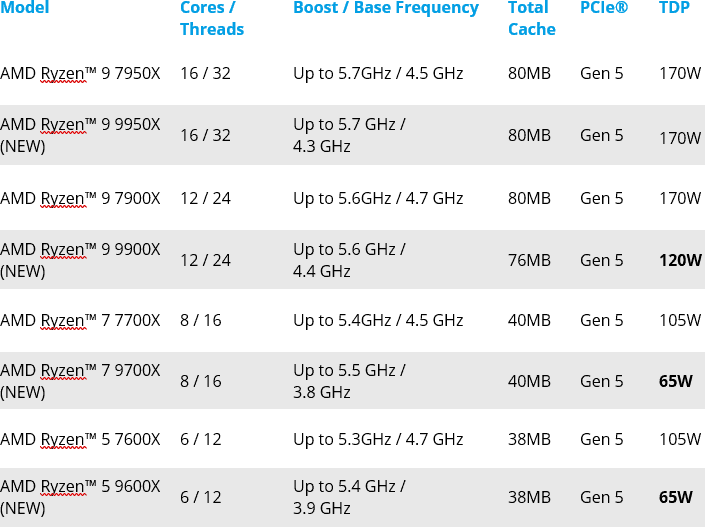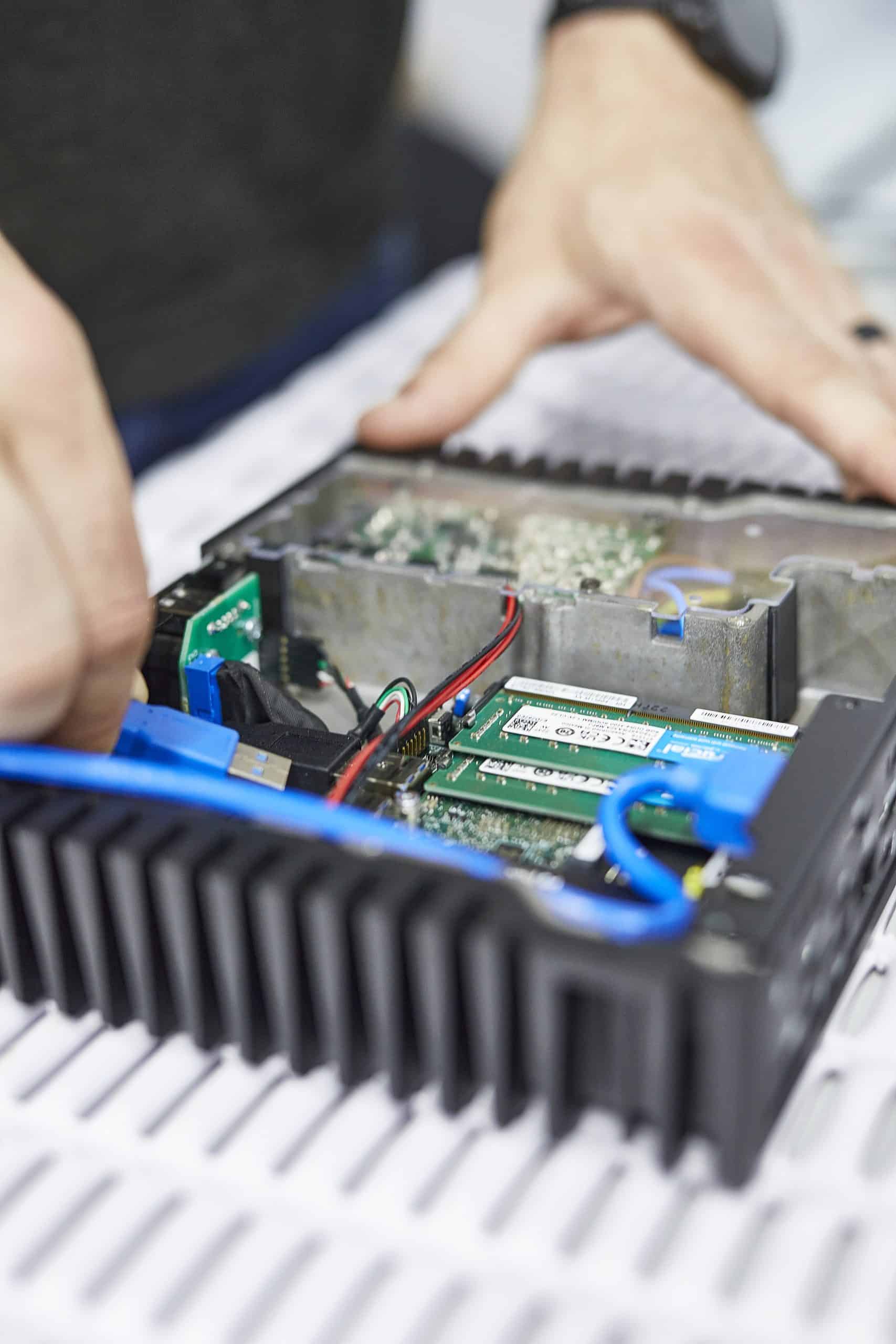The end of 2024 promises to be an exciting time for desktop processors. The upcoming launch of the AMD Ryzen 9000 Granite Ridge series in July and Intel’s 15th Generation CPU line coming sometime between October and December. Competition in this space has driven the two companies forward and it will be exciting to see how the dust settles once we are able to analyse both CPU makers offerings.
With its innovative Zen 5 architecture, the AMD Ryzen 9000 series aims to deliver performance improvements and efficiency gains. We wanted to explore what makes the series special, how it stacks up against previous generations, and what this means for you.
Comparing AMD Ryzen 9000 to its predecessors
Understanding how the Ryzen 9000 series compares to its predecessors helps us appreciate the advancements it brings. The previous generations of Ryzen processors have set a high standard, but the new series takes things up a level.

Performance Improvements
The Ryzen 9000 series boasts a 16% IPC (Instructions Per Clock cycle) improvement, which translates to faster processing speeds and better multitasking capabilities. This means each Hz on a Ryzen 9000 is worth 16 per cent more than a Ryzen 7000.
Power Efficiency
The standout feature of the new series is its lower power consumption. We see significant TDP drop of 30 to 40% on all models but the 9950X. This not only reduces operating costs but also minimizes heat generation, which can be a critical factor in maintaining system stability and longevity.
Enhanced AI (Artificial Intelligence) Capabilities
Compared to the previous generation the Ryzen 9000 offer up to 2x: Instruction Bandwidth for front-end instructions, Data Bandwidth; L2 to L1 and L1 to FP and AI performance; AI and AVX512 Throughput.
New Motherboards
While these CPUs will work with your existing AM5 motherboard, AMD are releasing two chipsets to take advantage of the latest technology. The new AMD X870E and X870 chipsets support PCIe® 5.0, DDR5, USB4, and WIFI7.
These chipsets feature USB4 as standard and support even faster DDR5 memory. Both the X870 and X870E feature 44 total PCIe lanes and direct-to-processor PCIe 5.0 NVMe connectivity. The X870E is upgraded to 24 PCIe 5.0 lanes, with 16 lanes dedicated to graphics cards.
AMD is also touting “Unmatched Socket Longevity” promising AM5 based Ryzen processors to be developed through at least 2027. Great news when deciding on a platform as this means if you invest in a motherboard now you will be able to upgrade the processor for at least the next 3 years.
Conclusion
The launch of the AMD Ryzen 9000 Granite Ridge series marks the beginning of a new generation of desktop processors. Release is estimated for July 31st.
At G2 Digital we are extremely excited by the efficiency gains offered by this series of processors. In a world were desktop processors keeping pushing higher and higher in TDPs this efficiency focused release will offer a much cooler and quieter solution to our customers in our smaller computers. Watch this space for the release of our range of workstations once we have been able to test and verify the range.
Ready to experience the power of the Ryzen 9000 series? Contact us today to find out how we can help.
















